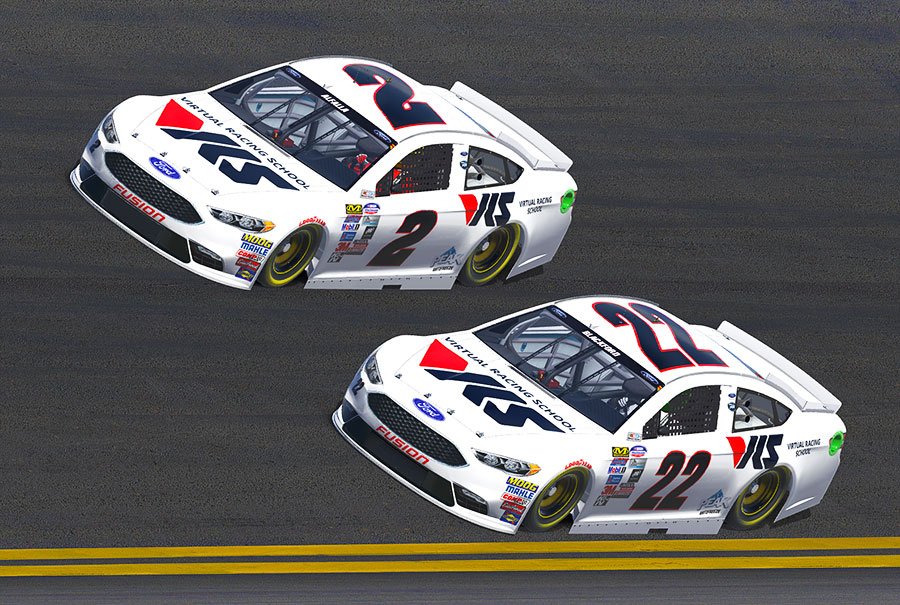In article 5.5 we’ve covered ride height, and with this article we’ll continue the setup adjustments on the suspension, namely camber and toe. We’ll go over both of them together, as their effects are tightly coupled.
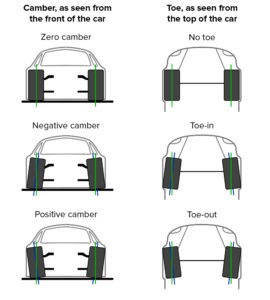
Camber
Camber is the vertical inclination of the tire. Zero camber means that the tires are straight, perpendicular to the road and parallel to each other. With positive camber, the top of the tires points outwards of the car. With negative camber, the top of the tires points inwards.
Toe
Toe is the angle the tires are rotated around their vertical axis, looking at them from above the car. You have no toe if the tires are parallel to each other, along the direction of the car. You have toe-in when the tires point in towards each other, and toe-out when they point away from each other.
The effect of camber on available grip
As you go through a corner, the cornering force (as discussed more thoroughly in 5.3) causes the car to roll and the tire to deform, as it twists between the car which wants to go one direction, and the track that’s going the other direction. This is called lateral tire deflection.
With zero camber, the force on the tires are equally distributed along the contact patch when you’re standing still or driving in a straight line. This increases the available grip under straight line braking and acceleration (assuming no camber gain). Cornering with zero camber causes one side of the tire to unload, while the other side of the tire takes more load. This is unequal load distribution and lowers the overall available grip on the tire, just when you need it most: while cornering!
With negative camber, the force distribution along the contact patch is somewhat unequal while driving in a straight line. However, when cornering forces and carcass deflection come into play, they can negate the effect of negative camber, equalising load distribution along the contact patch. This maximises the available grip on the outside tires (which are the ones taking the heavier load), exactly the moment when the car is limited by its available grip. This is the exact reason why typically on road cars you’d use negative camber.

Tradeoffs of using camber
As always, nothing comes for free. While camber can help cornering, it causes additional heat, more tire degradation and uneven wear pattern on the tires. You should also realise that you are trading off traction on a straight line (braking and acceleration) with cornering grip. This means that the track profile is a determining factor on how much camber you want to run. In general, a track with mostly straights and low speed corners, you’d run lower camber; and on tracks with lots of bends or high-speed corners, you’d run more camber. And, as always with mixed profile tracks, you’d have to experiment different settings to see where you can gain more time; on the straights and low-speed corners, or high-speed corners.
Camber and vertical stiffness
Vertical stiffness of the tire is hugely tied with tire pressures, as discussed in 5.2. This is mostly to be considered on tires with high sidewalls. Having the tire inclined at an angle may cause the sidewall to deform a little. The effect is that of a softer tire without changing the tire pressure. As of time of writing, this really is only something to consider with two cars on iRacing, the Williams FW31 and the McLaren MP4-30.
Effects of toe-in and toe-out
There is one more effect of camber that we haven’t mentioned yet. If you roll a free tire at an angle, it would want to follow an elliptical trajectory instead of a straight line. In other words: an angled tire wants to turn. The force that causes this effect is called camber thrust. This results in a bit more friction, heat and wear, which can be offset by a toe-out adjustment. You can also use a toe-out adjustment to get the slip angles of the front tires in a more optimal spot. So you’d typically run some toe-out on the fronts.
Toe adjustments on the rear tires also have an effect on car handling. Toe-in on the rear creates understeer, which can help with cars that are oversteery on exit. The tradeoff is wear and heat in the rear tires. Toe-out on the rear is generally wrong, as you’re likely to get more oversteer on exit.
Up to you
While building a setup, go through the order of tire pressures, anti-roll bar, ride height and spring rates. If you have that set, experiment with the camber angles to find the optimal balance between speed in the corners and on the straight. Use toe-out on the front tires to counteract camber thrust, and possibly toe-in on the rear tires, to optimise handling.

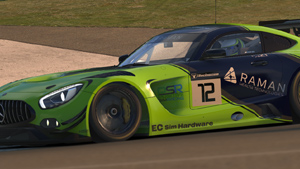 A Californian iRacer currently living in Europe:
A Californian iRacer currently living in Europe: 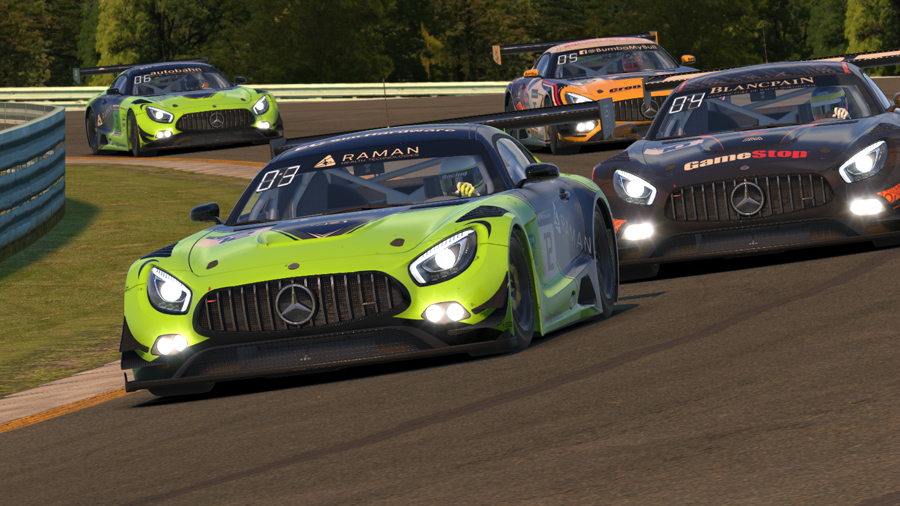


 In March 2017, the Positive Simracing Driver Development Programme, powered by Virtual Racing School, kicked off with eight talented drivers. One of the them is Ecuador-born and USA-bound
In March 2017, the Positive Simracing Driver Development Programme, powered by Virtual Racing School, kicked off with eight talented drivers. One of the them is Ecuador-born and USA-bound 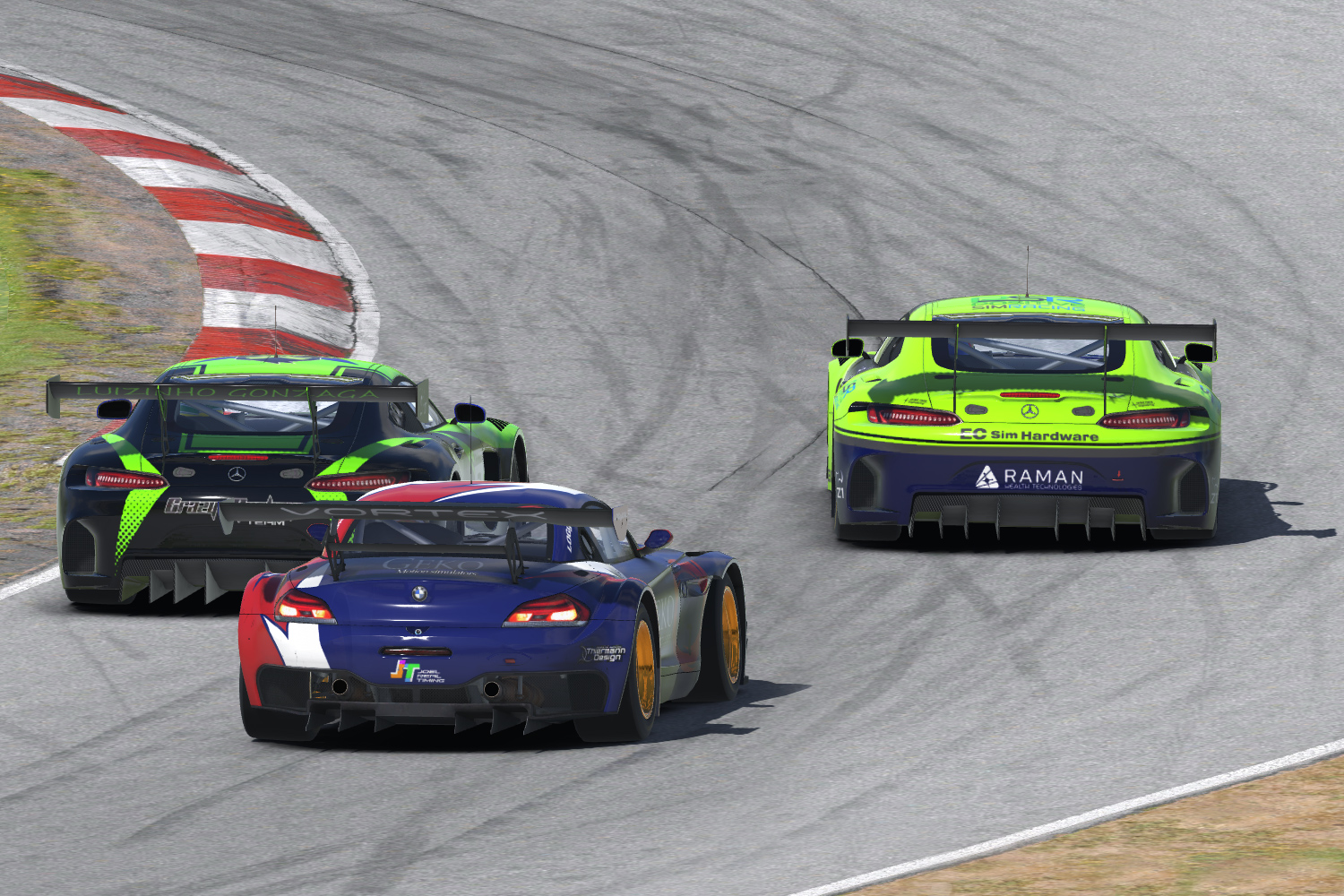
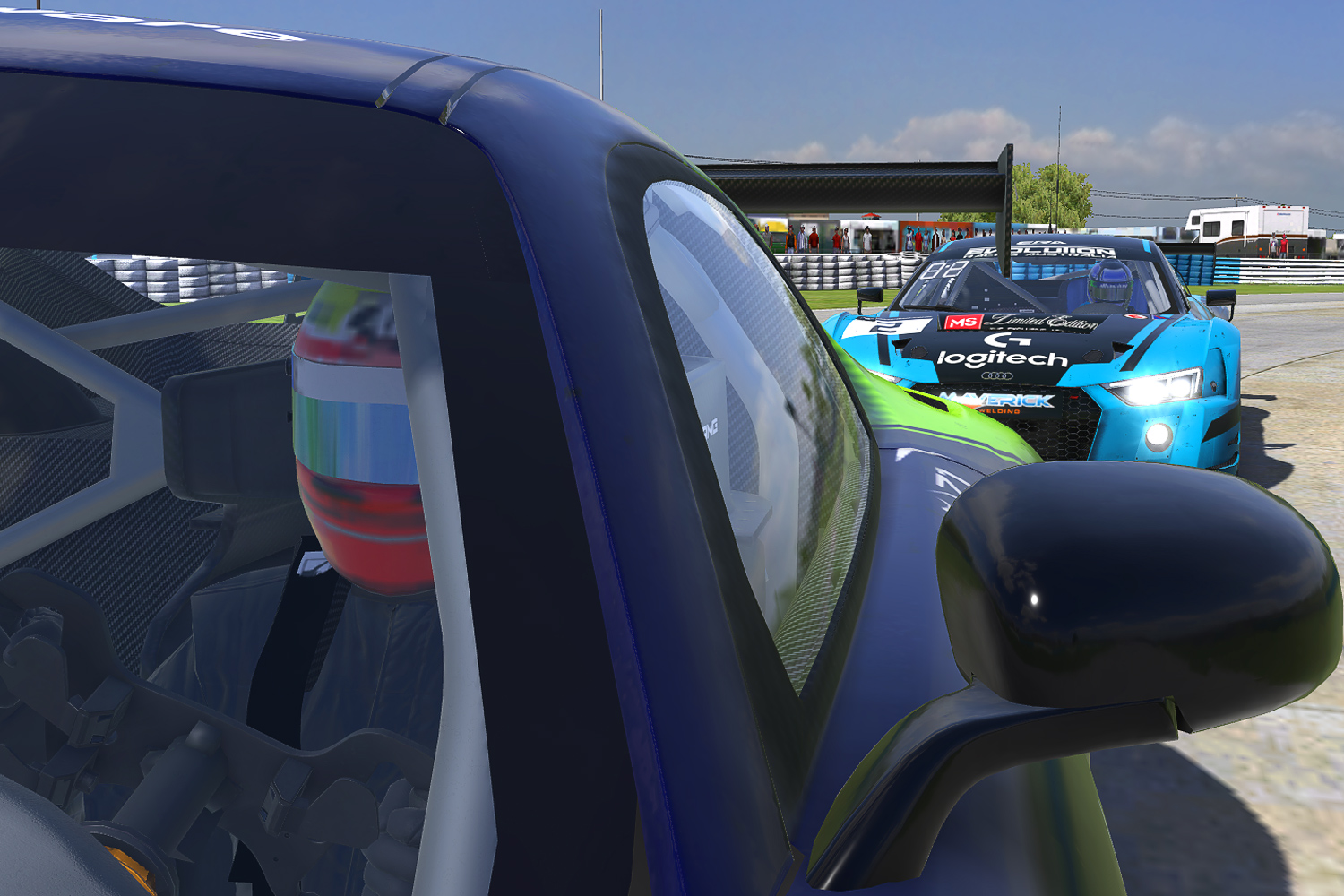
 The stereotype of oval racing is that racers just turn left, full throttle, and that therefore oval racing is easy. But there’s lots of skill involved in oval racing, especially with around forty cars with 725 horsepower fighting for the same piece of tarmac.
The stereotype of oval racing is that racers just turn left, full throttle, and that therefore oval racing is easy. But there’s lots of skill involved in oval racing, especially with around forty cars with 725 horsepower fighting for the same piece of tarmac.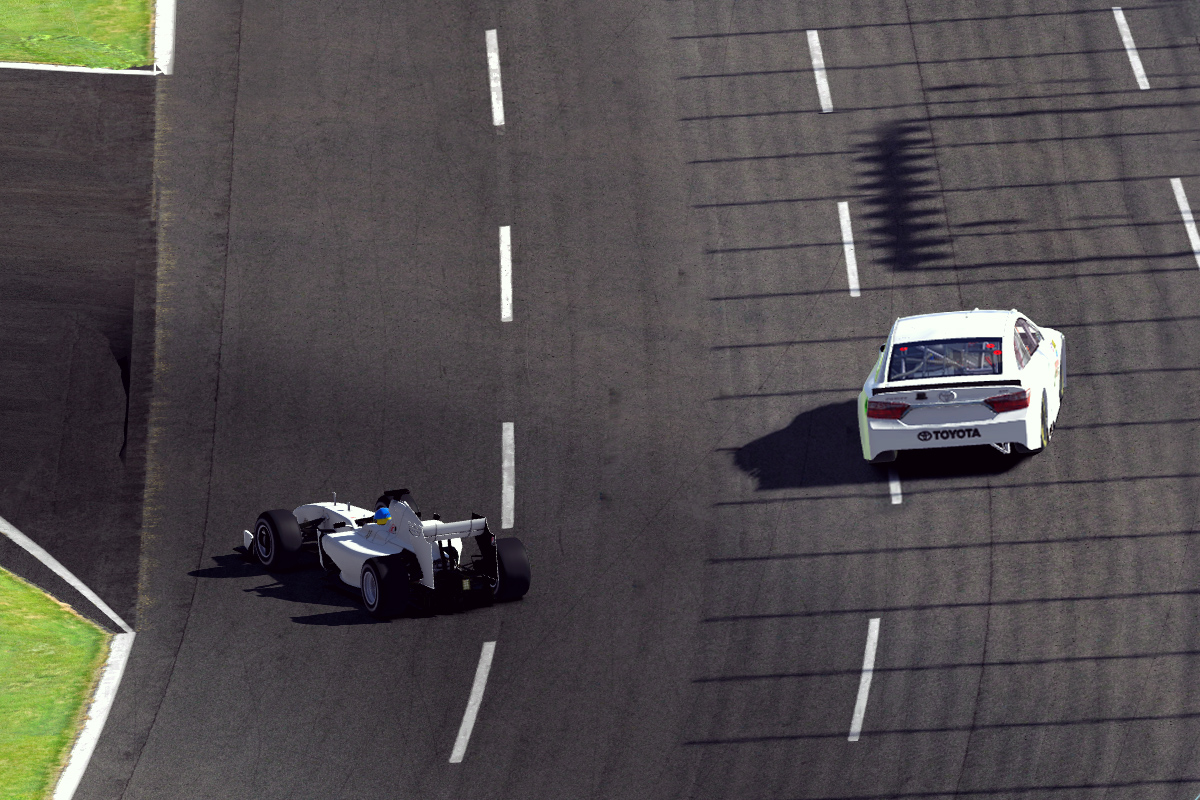
 Static ride height is one of the key setup adjustments, and also one of the easiest to get right. For example, for many cars converting a qualifying setup into a race setup (or vice versa) only means adjusting fuel and the static ride height. In this article we’ll explain what ride height entails, how you can adjust it, and how it affects other setup adjustment.
Static ride height is one of the key setup adjustments, and also one of the easiest to get right. For example, for many cars converting a qualifying setup into a race setup (or vice versa) only means adjusting fuel and the static ride height. In this article we’ll explain what ride height entails, how you can adjust it, and how it affects other setup adjustment.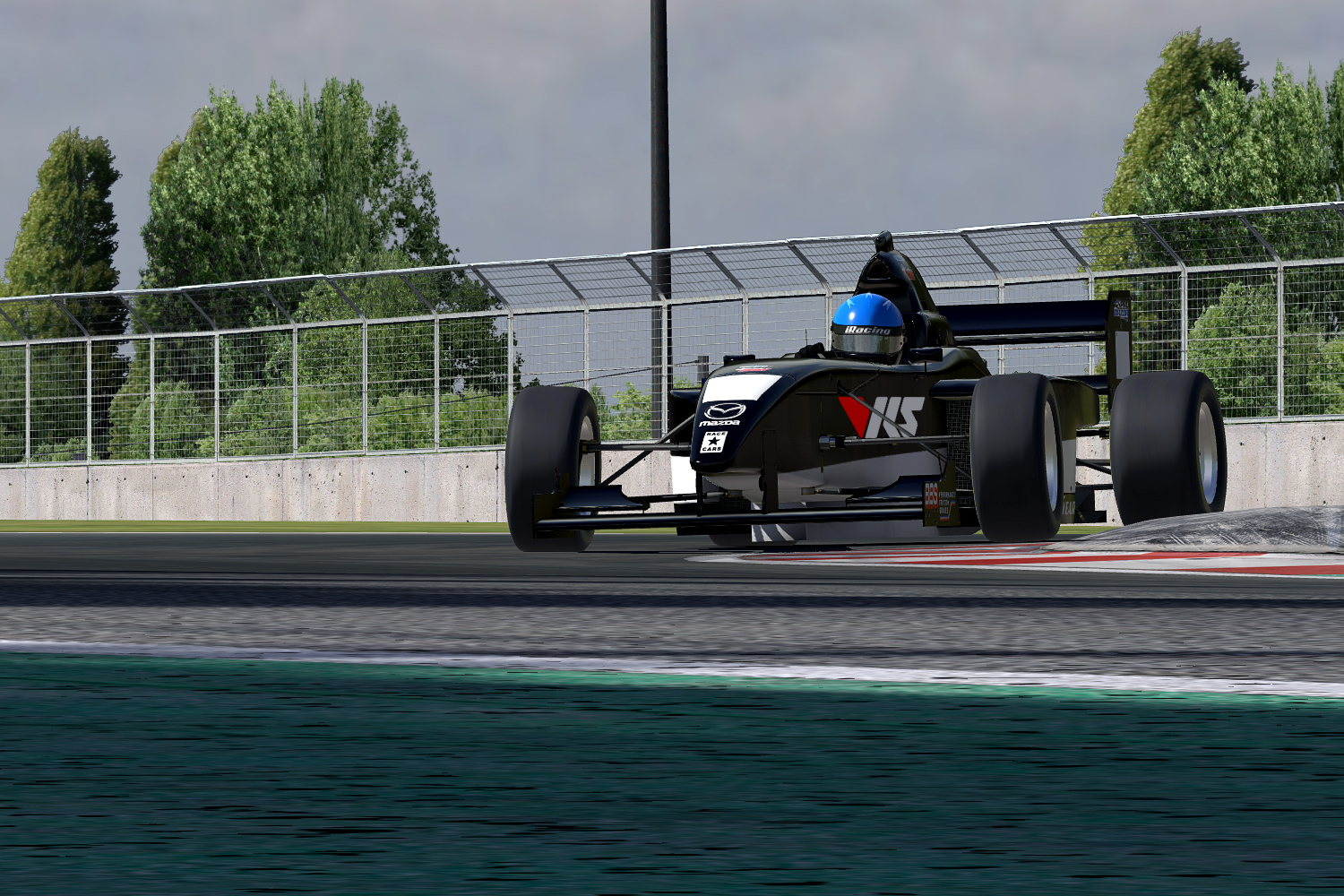
 Competitive cheerleader, GT Academy finalist, and driver and marketing manager of
Competitive cheerleader, GT Academy finalist, and driver and marketing manager of 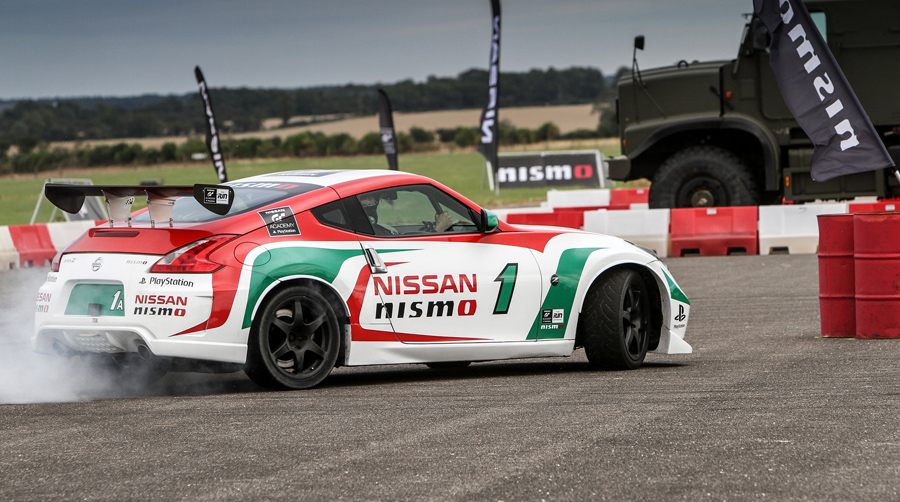
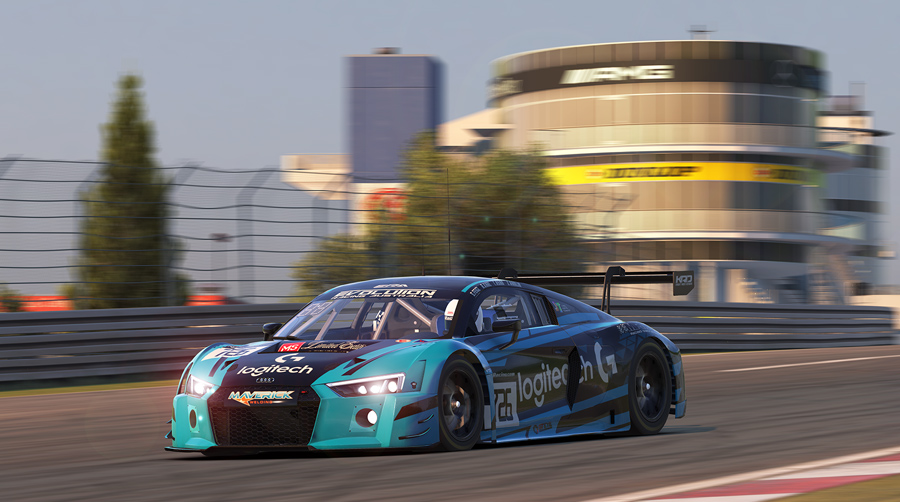
 In early 2016 we opened our BETA program, and in the past year we’ve made significant progress with the VRS platform. Here are some of the highlights:
In early 2016 we opened our BETA program, and in the past year we’ve made significant progress with the VRS platform. Here are some of the highlights: (If you haven’t read article
(If you haven’t read article 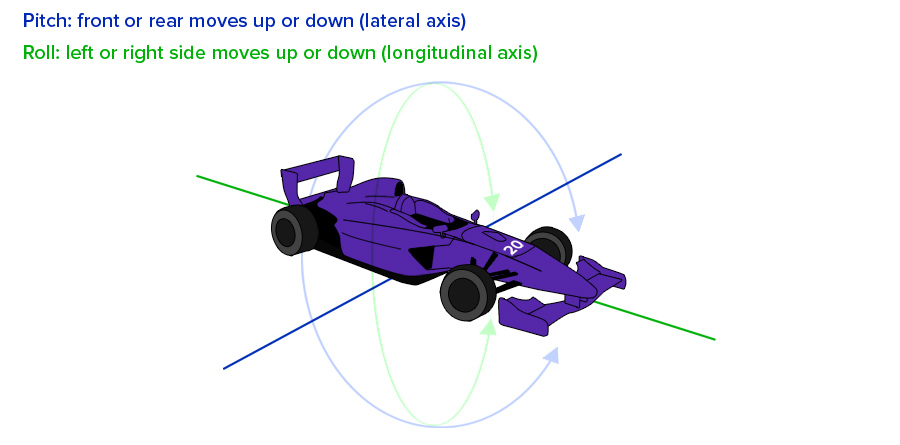
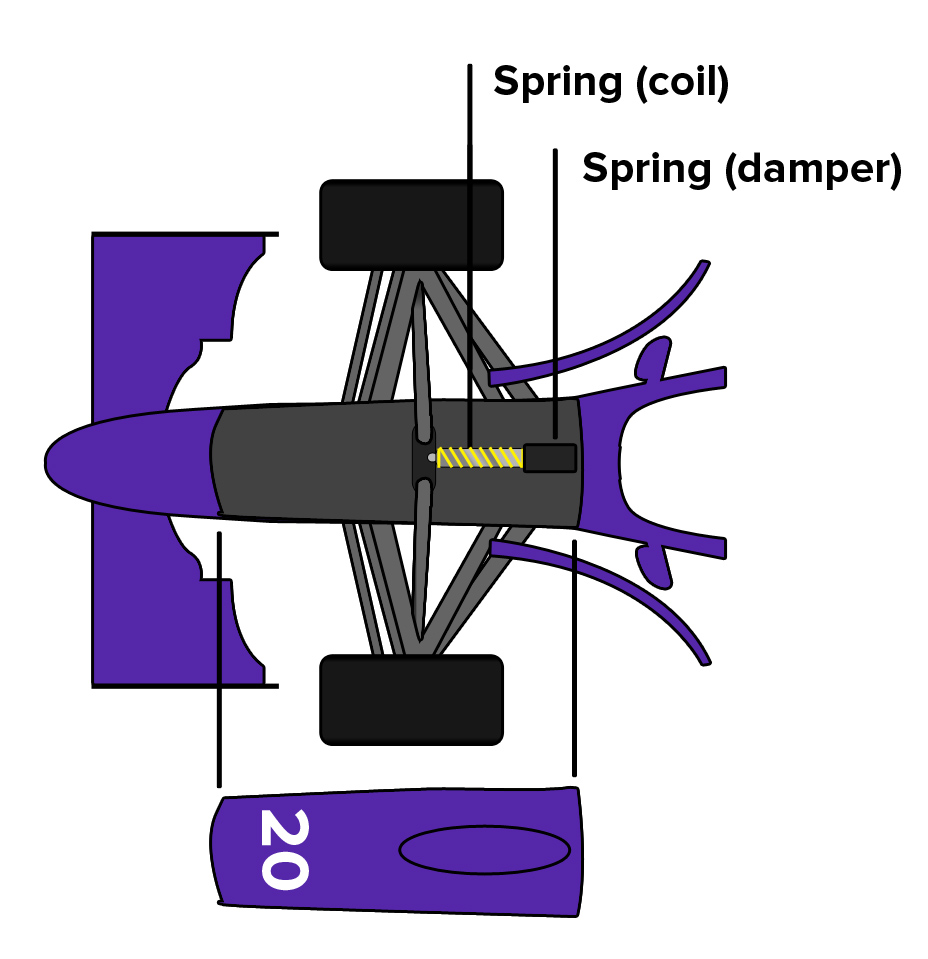
 Having recently signed with reigning Asian Formula Renault champions
Having recently signed with reigning Asian Formula Renault champions 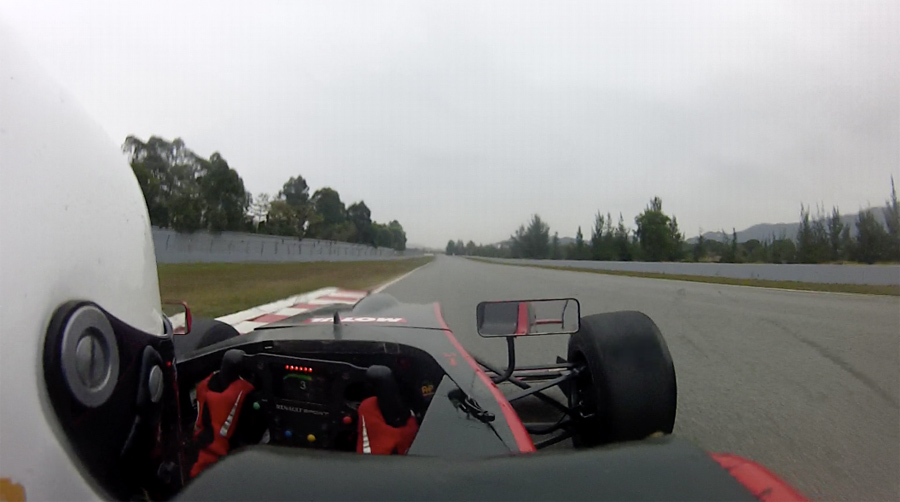
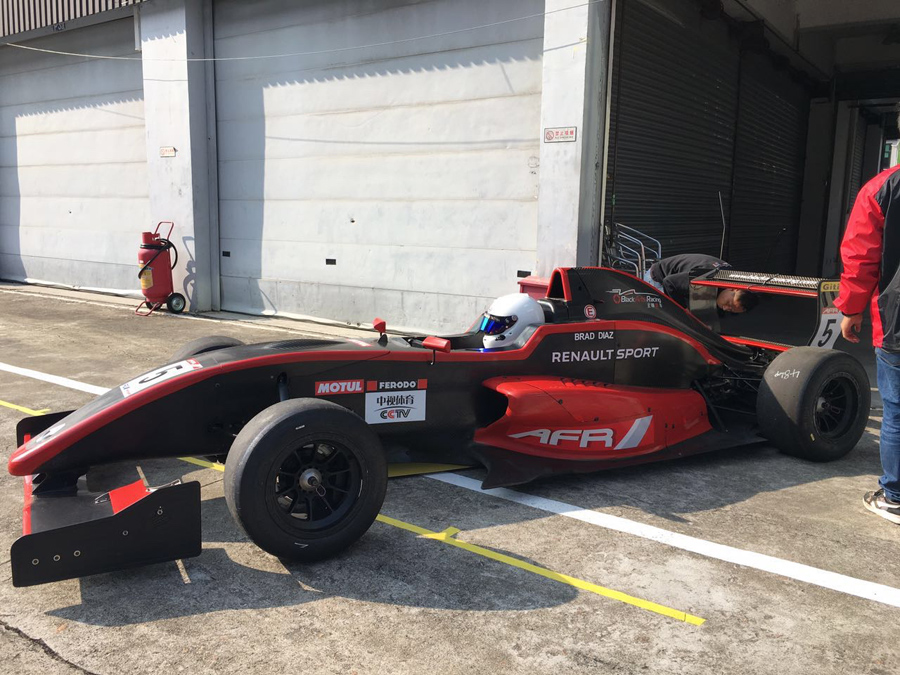
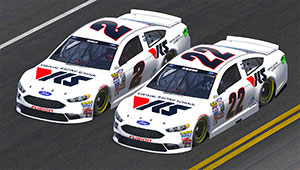 With the growth of VRS and the positive feedback that we’ve received on our driver improvement software from road competitors on iRacing, we’ve been frequently asked when ovals would be covered by the VRS platform. One requirement for us was always to work with the best coaches, to allow our users to compare their data against the best drivers on iRacing. If that wouldn’t be possible, why bother?
With the growth of VRS and the positive feedback that we’ve received on our driver improvement software from road competitors on iRacing, we’ve been frequently asked when ovals would be covered by the VRS platform. One requirement for us was always to work with the best coaches, to allow our users to compare their data against the best drivers on iRacing. If that wouldn’t be possible, why bother?